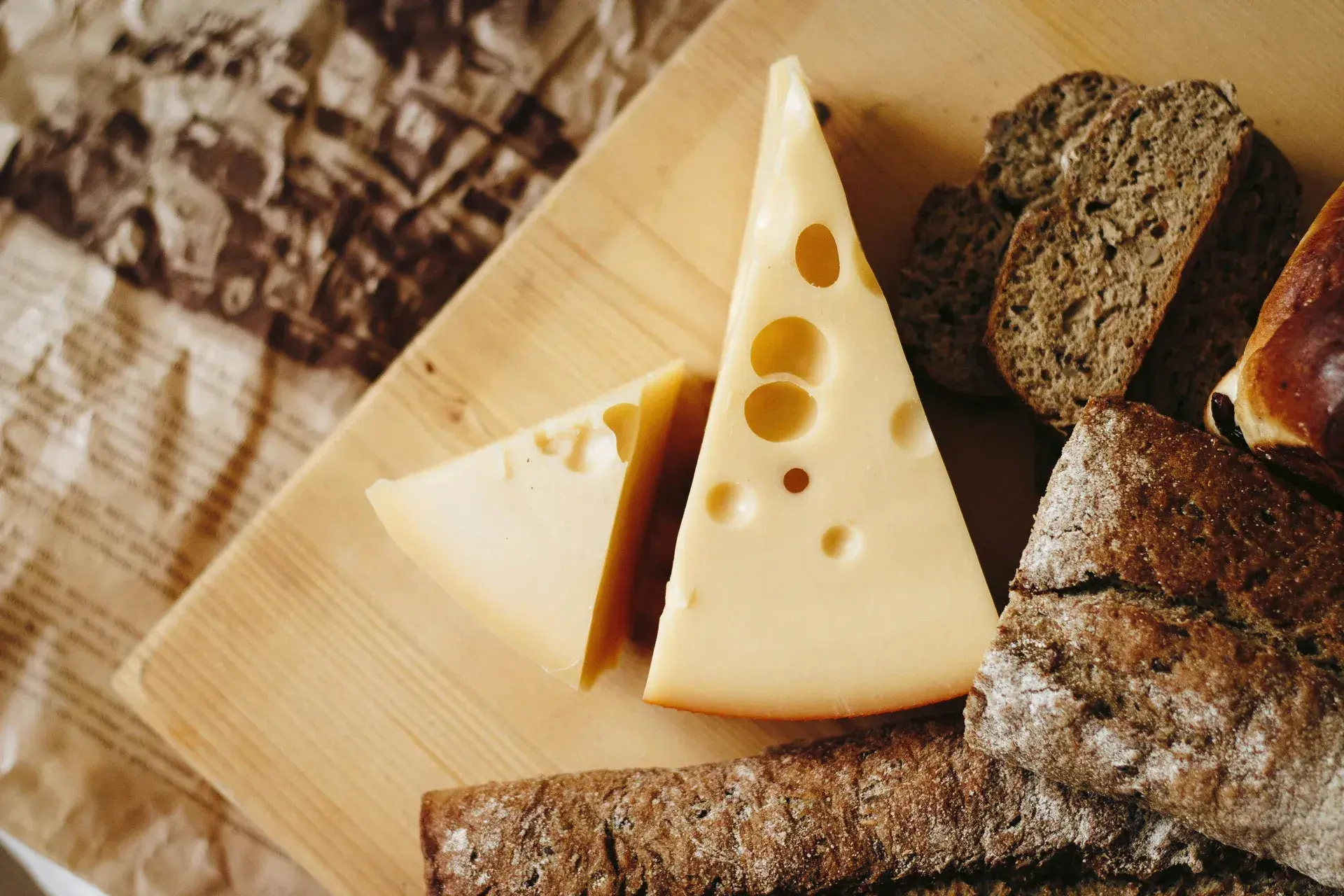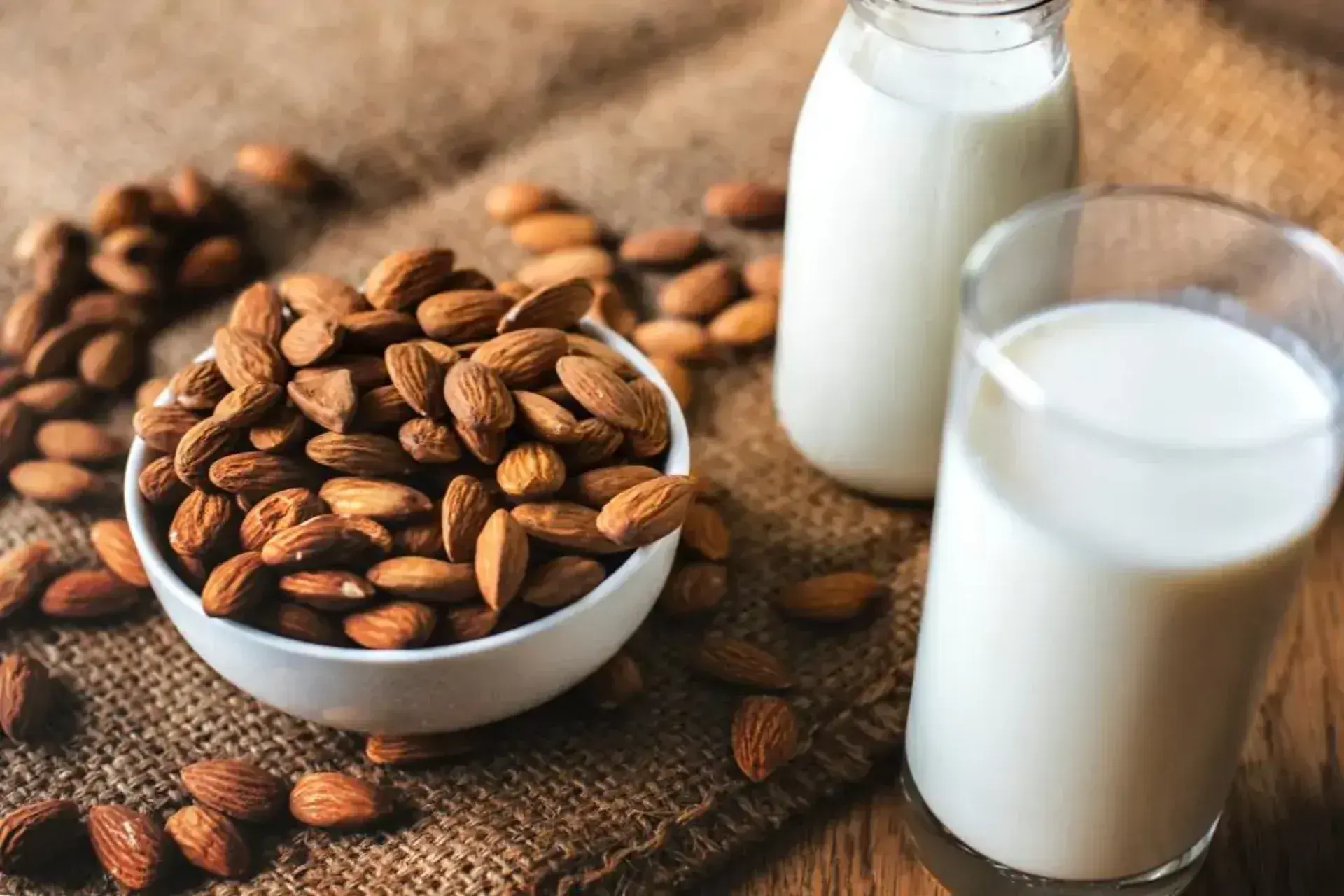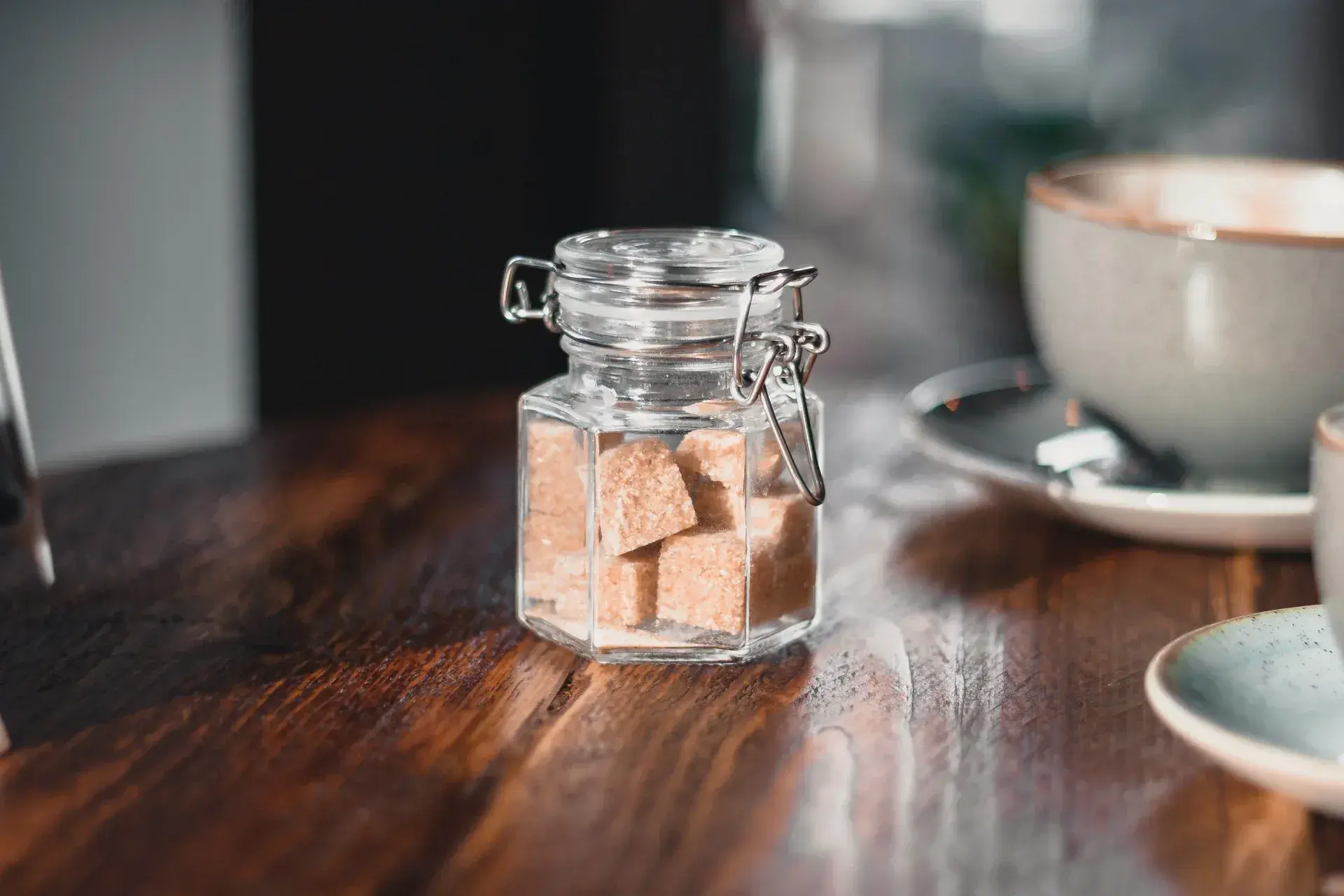DIY Japanese Pickles (Tsukemono) in Nagoya
Japanese cuisine is celebrated for its balance of flavors, and one element that plays a crucial role in this balance is tsukemono, or Japanese pickles. These pickles are a staple in Nagoya's culinary landscape, and making them at home can be a delightful and rewarding experience. In this article, we will guide you through the process of creating DIY Japanese pickles in Nagoya, bringing a taste of this vibrant city to your kitchen.
Choosing the Right Vegetables
The first step in making tsukemono is selecting the vegetables. In Nagoya, daikon radishes, cucumbers, and napa cabbage are commonly used. Opt for fresh, crisp vegetables to ensure the best results. You can find these vegetables at local markets or grocery stores.
Preparing the Vegetables
Once you've chosen your vegetables, it's time to prepare them. Wash them thoroughly and cut them into your desired shapes. Common shapes for tsukemono include slices, spears, and even intricate designs using special molds.
Salt Brining
Salt plays a vital role in the pickling process, as it draws out excess moisture from the vegetables. In Nagoya-style pickling, a mixture of salt and sugar is often used. Sprinkle the salt-sugar mixture generously over the vegetables and let them rest for about 30 minutes to an hour.
Rinsing and Draining
After the vegetables have released their excess moisture, rinse them thoroughly under cold running water. This step is crucial to remove excess salt and sugar. Allow the vegetables to drain in a colander or on paper towels for a short while.
Flavoring and Seasoning
In Nagoya, pickles are often flavored with ingredients like kombu (kelp), shiso leaves, or red pepper flakes. You can place these flavorings between layers of vegetables or add them to the pickling liquid for a more pronounced taste.
Packing and Fermenting
Pack the prepared vegetables tightly into a clean glass jar or airtight container. Prepare a pickling liquid by mixing ingredients such as rice vinegar, soy sauce, and sugar. Pour this liquid over the vegetables, ensuring they are completely submerged. Seal the container and refrigerate it for several hours or overnight.
Enjoying Your Tsukemono
After the pickles have had time to marinate, they are ready to be enjoyed. Tsukemono makes wonderful accompaniments to meals, adding a refreshing and slightly tangy crunch. In Nagoya, they are often served with rice dishes or as a side dish to complement the main course.
Experimenting with Flavors
Nagoya's culinary scene is known for its creativity, and you can apply this spirit to your tsukemono as well. Try different combinations of vegetables, seasonings, and pickling liquids to create your unique flavor profiles. Some Nagoya-style variations include umeboshi (pickled plums) and takuan (pickled daikon radish).
DIY Japanese pickles, or tsukemono, offer a taste of Nagoya's culinary traditions and can be a fun and flavorful addition to your home-cooked meals. The process of making these pickles allows you to experiment with flavors, textures, and ingredients while preserving the essence of Nagoya's food culture.
So, the next time you're looking to add a touch of Nagoya to your dining table, consider making your own tsukemono. It's a simple yet rewarding culinary journey that connects you with the rich and diverse flavors of this vibrant city in Japan.









